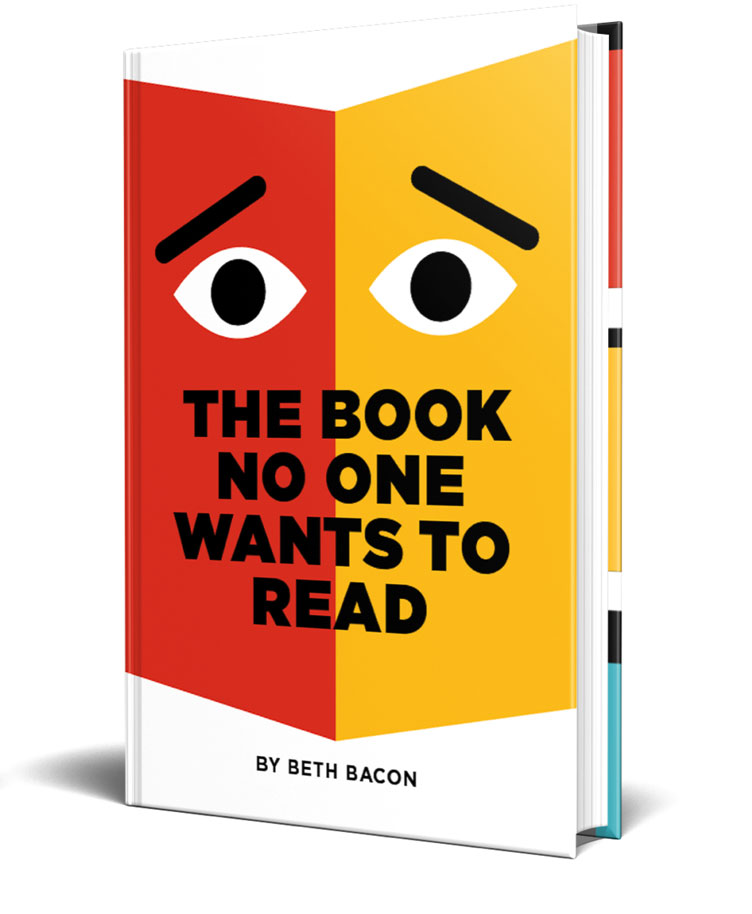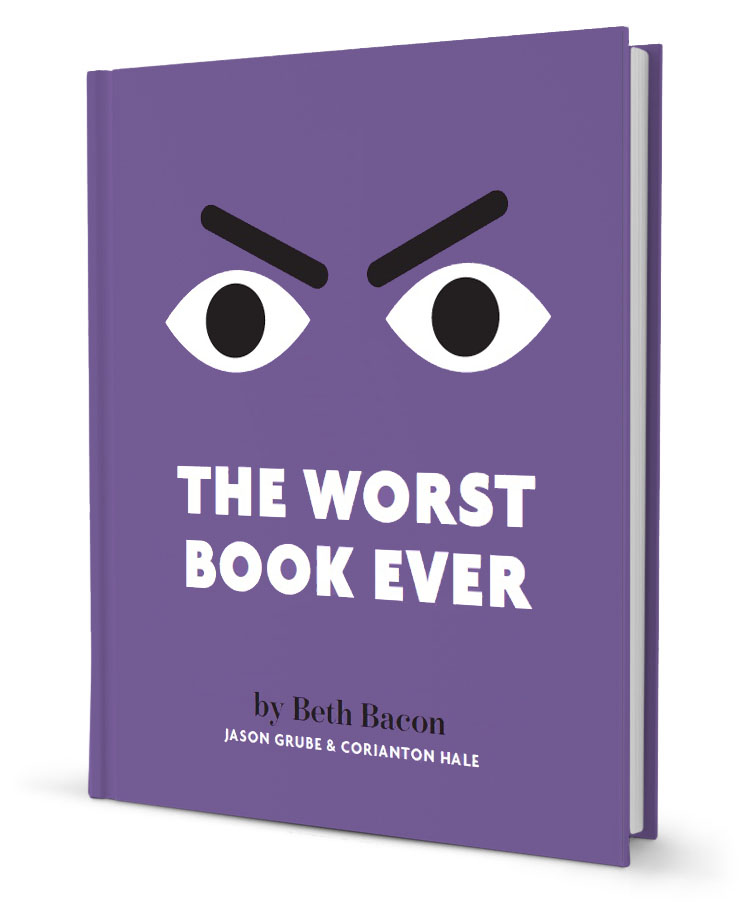 “Our bedtime story routine morphed from snuggle time into a standoff after my daughter’s first grade teacher assigned nightly reading,” says writer Jennifer Kay Loescher. Jen is our guest blogger today. Here is the story of how graphic novels turned her daughter from a struggling reader into the winner of her school’s Battle of the Books.
“Our bedtime story routine morphed from snuggle time into a standoff after my daughter’s first grade teacher assigned nightly reading,” says writer Jennifer Kay Loescher. Jen is our guest blogger today. Here is the story of how graphic novels turned her daughter from a struggling reader into the winner of her school’s Battle of the Books.
Jennifer Kay Loescher writes:
My daughter loved stories. That had always been obvious when she listened to me read. It took me a long time to understand that reading stories herself was an entirely different experience for her. Nothing her teacher or I did seemed to make reading easier or more fun. All those words on the page terrified her.
My daughter was an undiscovered reader (which is the term many educators prefer to reluctant readers).
My very wise sister swooped in with graphic novels. She had also grown up as an avid reader, but she was braver than me. My sister adventured beyond traditional novel formats to devour stories of all kinds, including comic books, manga, and graphic novels. I was supposed to be the children’s book expert in our family, but it was my sister who unearthed amazing graphic novel series for my daughter on every gift-giving occasion.
The bedtime story standoff ended in a graphic novel truce. My daughter started reading for fun outside of school. Graphic novel sequels were suddenly at the top of her gift wish lists.
So what do graphic novels do for kids? Two key things:
First, fall in love with stories.
First, graphic novels allow undiscovered readers to fall in love with stories. Reading a graphic novel is similar to listening to a parent read a picture book. Most of the experience involves decoding the visual story depicted in the illustrations. An undiscovered reader might get more meaning from the action and body language depicted in the images than a series of letters on the page. The pressure is off to sound out unfamiliar words, search for context clues, and trudge through long passages of text. Word bubbles and illustrated panels break the narrative into manageable pieces. My undiscovered reader was able to rediscover the wonder of experiencing a story in graphic novels.
Second, gain confidence.
The second powerful value of graphic novels is that they build reading confidence. Graphic Novels have fewer words per page, short captions instead of paragraphs, and vocabulary aimed at a lower reading level than the story content. Yet a graphic novel does in fact require reading, and my daughter’s reading skills grew without her considering it homework. I didn’t have to time her reading anymore because she wanted to know what would happen next in her book. Nothing pleased me more than catching her reading graphic novels after bedtime with a flashlight.
When trying to read a traditional novel for school, my daughter needed me by her side. She lacked the confidence to figure out the story herself. There were words she couldn’t decode, and as a result lots of reading comprehension questions. Graphic novels flipped the scenario and build her confidence. She could read the entire book without assistance. I was suddenly the one asking her questions about the stories she loved. Many of her favorite graphic novels made their way to the top of my reading pile to reinforce that I considered them “real” books.
Now: ready to read anything!
Five years later, my daughter is a confident reader who loves stories of all kinds. I never imagined my undiscovered reader would be on the winning Battle of the Books team for her school district! She’s starting sixth grade this fall and reading traditional young adult novels, but still loves graphic novels best.”
About the Guest Blogger
 Jennifer Kay Loescher, @JenniferKayBook, is a licensed Structural Engineer who designed bridges for fifteen years. For many of those years, she was also the mother of an undiscovered reader, until graphic novels sparked a love for reading in her daughter. Jennifer recently graduated with an MFA in Writing for Children and Young Adults from Vermont College of Fine Arts. She teaches a community creative writing class, is an SCBWI Network Rep, and is currently hard at work on her own manuscripts for children, which include both traditional and graphic novel formats of fiction and nonfiction.
Jennifer Kay Loescher, @JenniferKayBook, is a licensed Structural Engineer who designed bridges for fifteen years. For many of those years, she was also the mother of an undiscovered reader, until graphic novels sparked a love for reading in her daughter. Jennifer recently graduated with an MFA in Writing for Children and Young Adults from Vermont College of Fine Arts. She teaches a community creative writing class, is an SCBWI Network Rep, and is currently hard at work on her own manuscripts for children, which include both traditional and graphic novel formats of fiction and nonfiction.





0 Comments